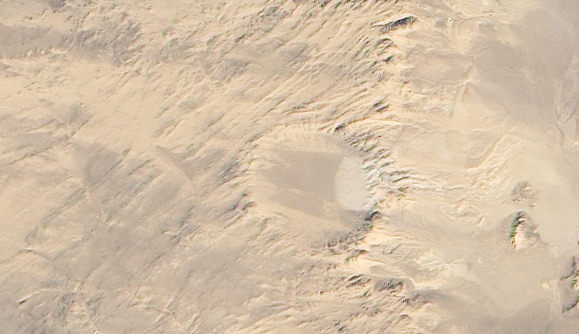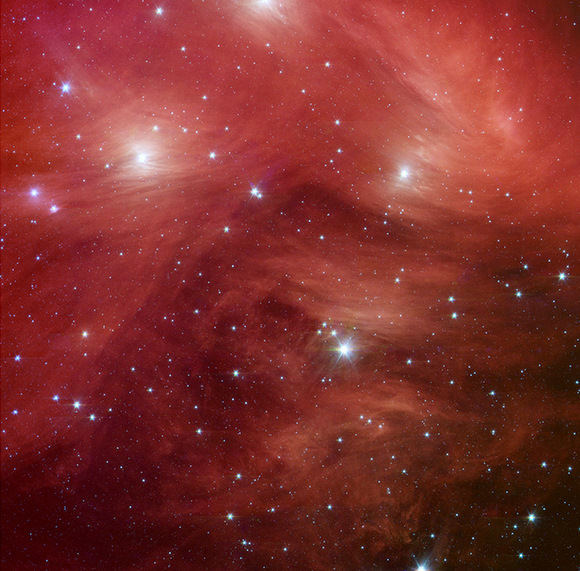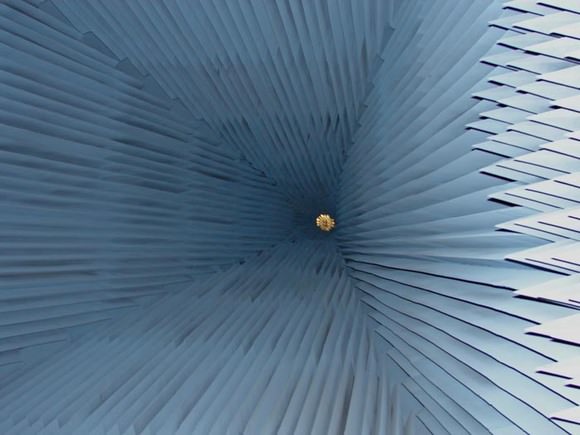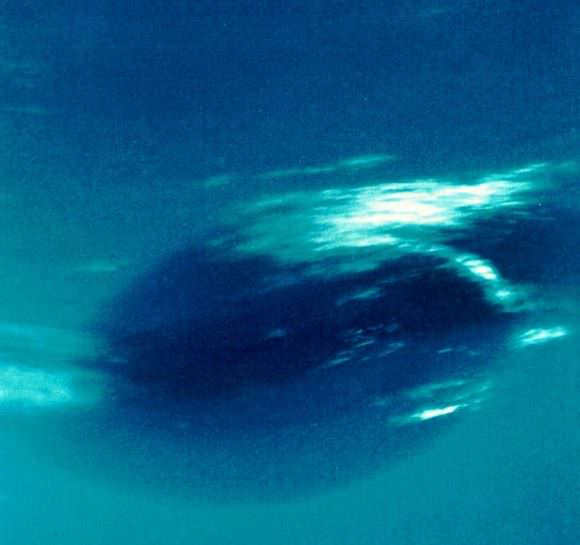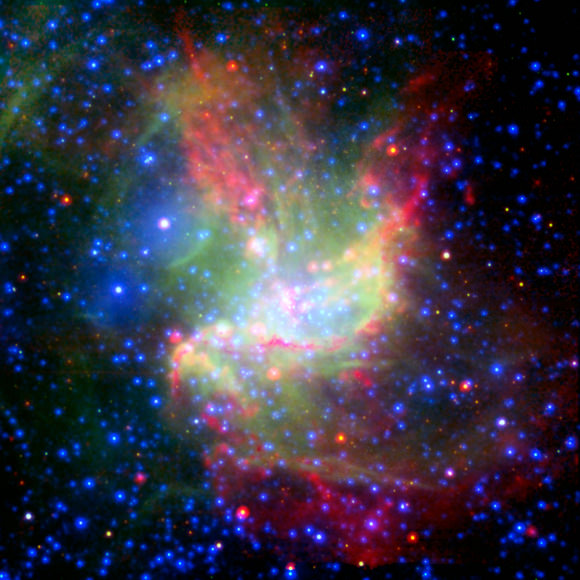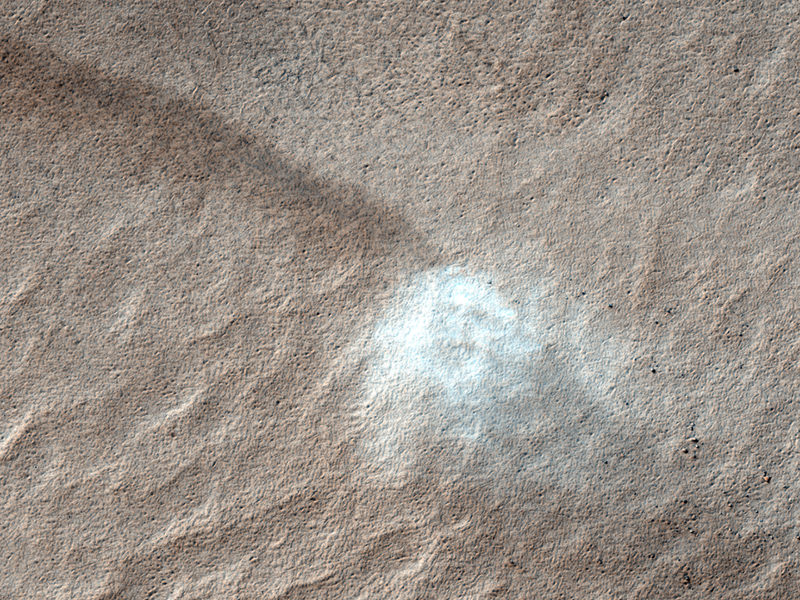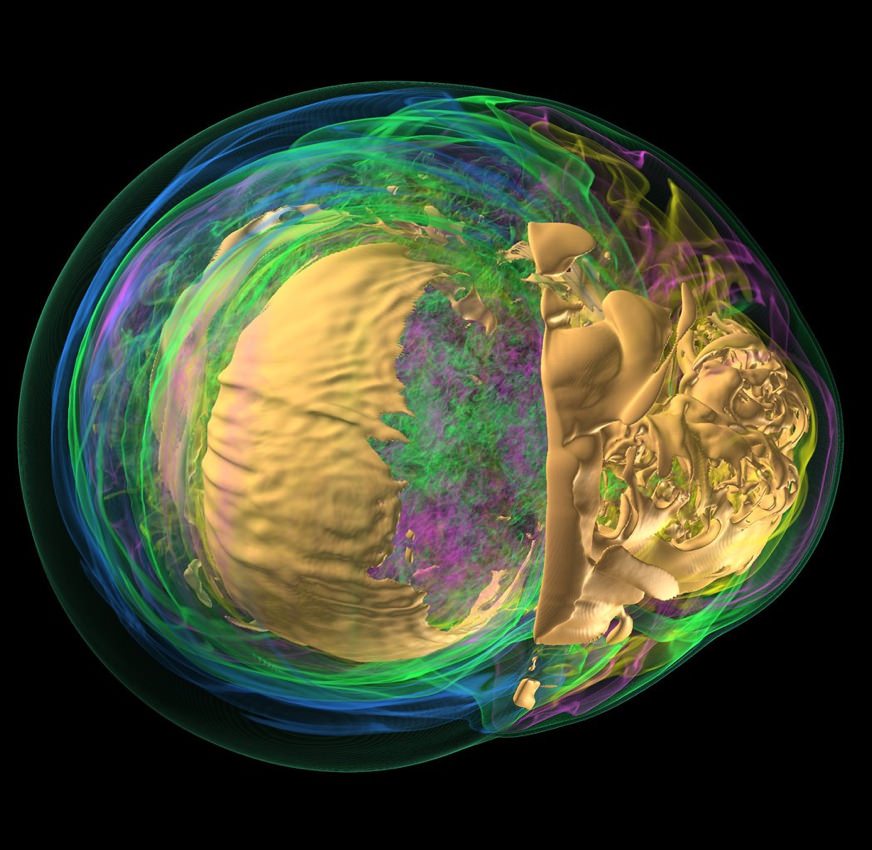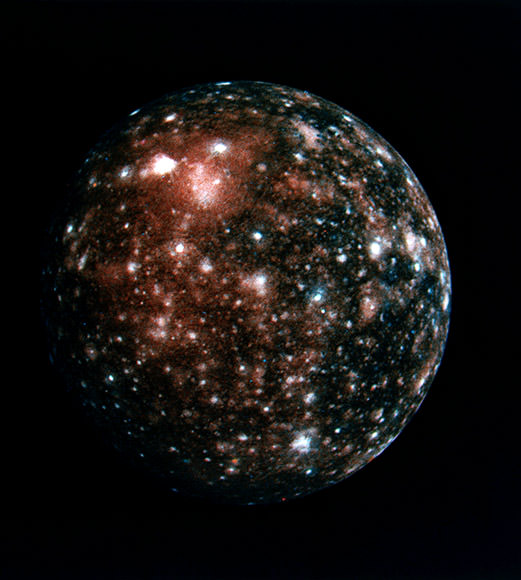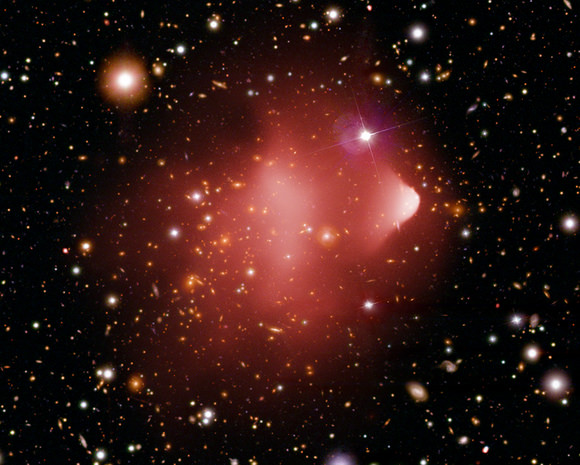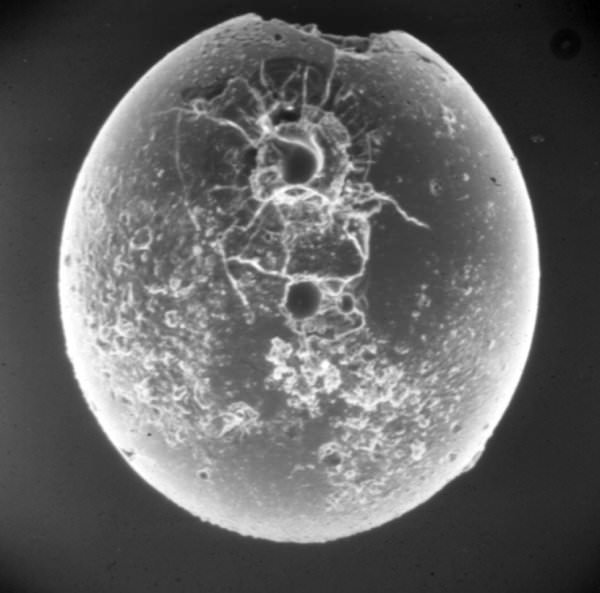Here’s this week’s image for the WITU Challenge, to test your visual knowledge of the cosmos. You know what to do: take a look at this image and see if you can determine where in the universe this image is from; give yourself extra points if you can name the spacecraft responsible for the image. We’ll provide the image today, but won’t reveal the answer until tomorrow. This gives you a chance to mull over the image and provide your answer/guess in the comment section. Please, no links or extensive explanations of what you think this is — give everyone the chance to guess.
UPDATE: The answer has been posted below.
The location of this feature sounds like it could be on the Klingon homeworld, but this is actually a crater on Earth. You can find it in southeastern Mongolia, roughly halfway between Ulaanbaatar and Beijing. It is an ancient crater, called Tabun Khara Obo. This recent image was taken by the Advanced Land Imager (ALI) on NASA’s Earth Observing-1 (EO-1) satellite, acquired August 28, 2009. The crater was first identified as a probable impact crater in 1976, although confirmation of the hypothesis only occurred decades later. Drilling at the site in 2008 revealed rock features consistent with high-speed impacts such as those caused by meteorites.
A few of you had Qapla’ in answering this one. SoH ‘oH intelligent.
Find out more about this image as NASA’s Earth Observatory website, and check back next week for another WITU Challenge!

